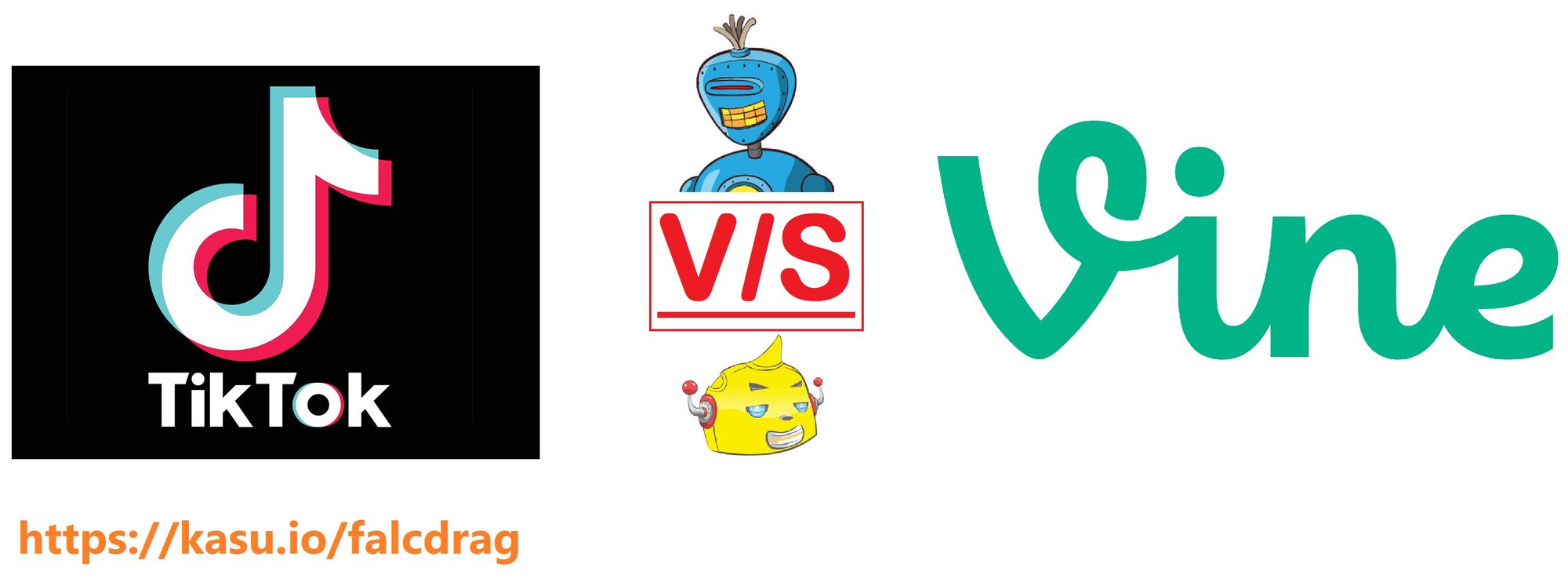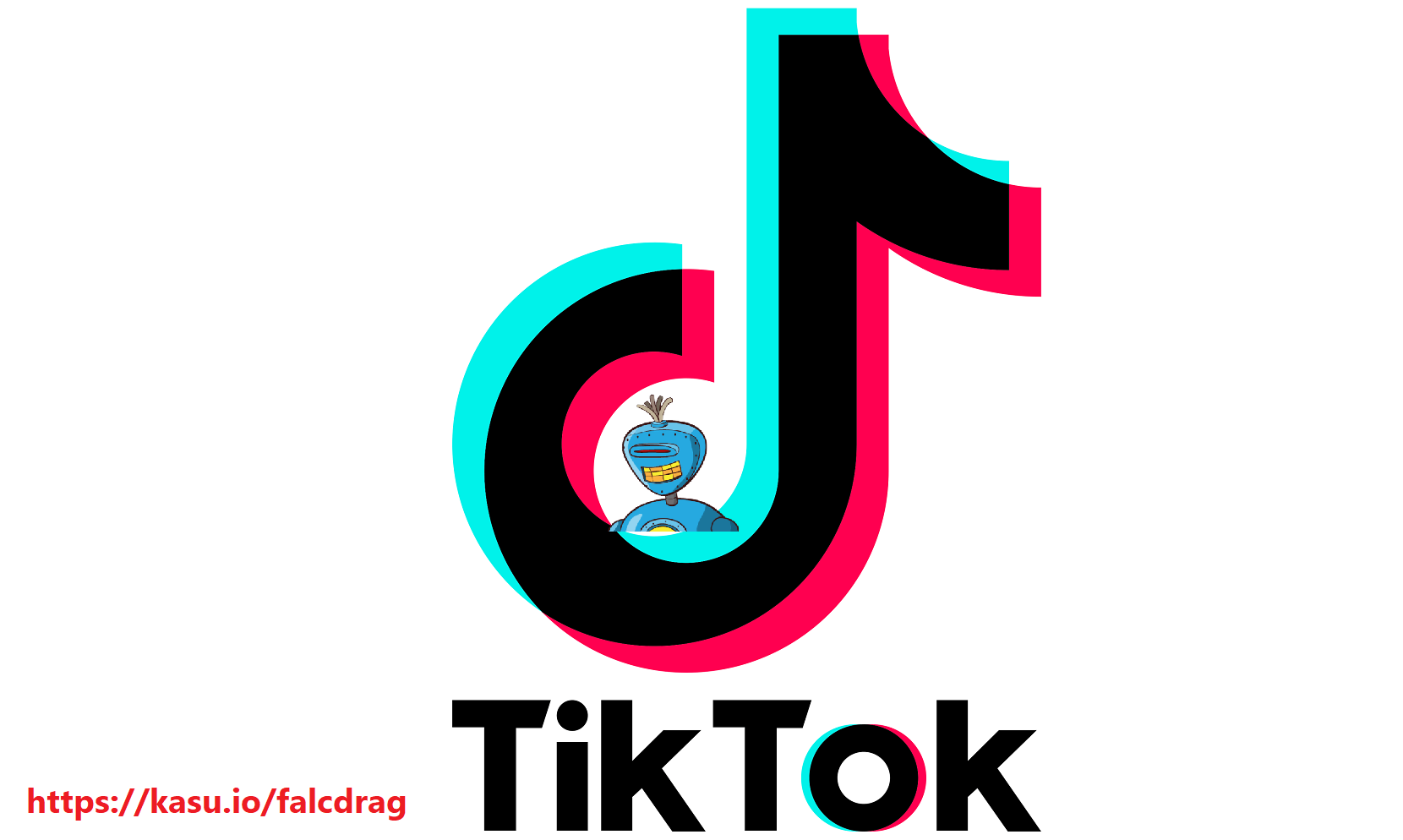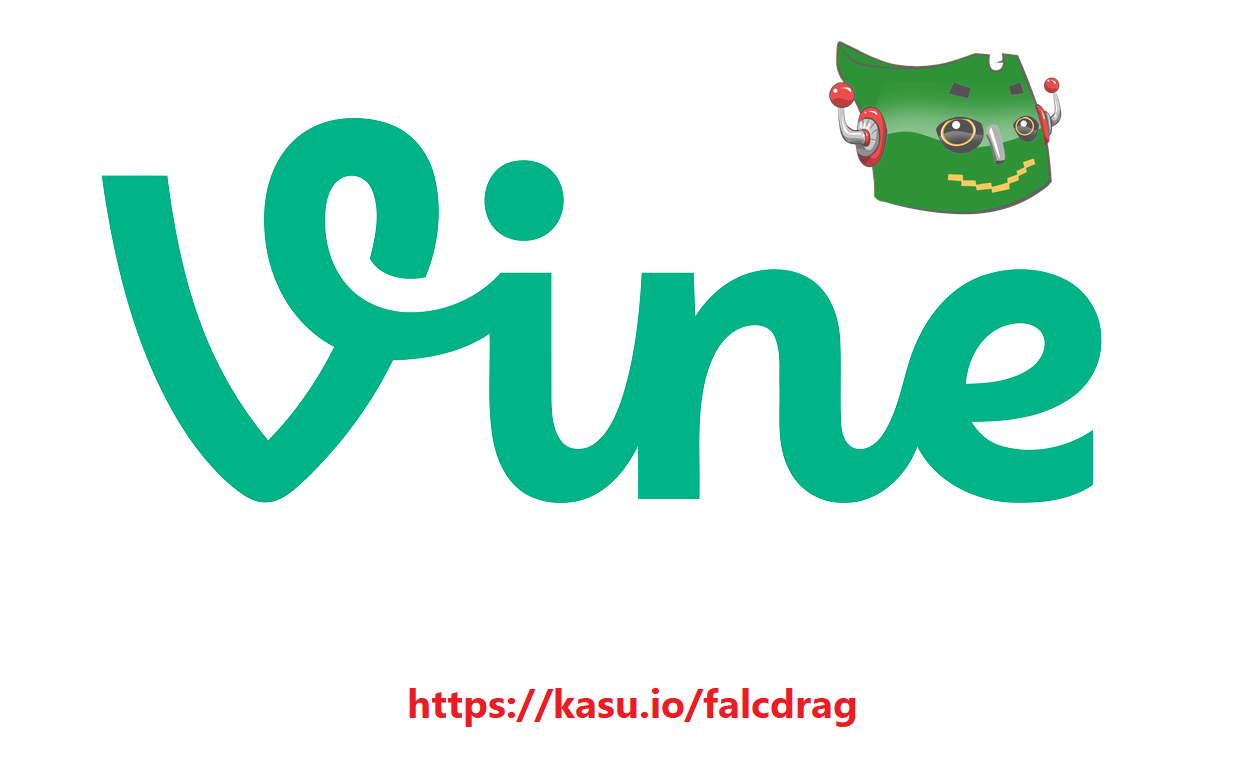What's the difference between TikTok and Vine?
Hello again to the readers of Kasu's self-development blog for content creators and influencers. Following up on our last week's post on adding hyperlink to your Tumblr, we'll now be discussing the crucial difference between two competing video platforms – TikTok and Vine... read on for more.

Hello again to the readers of Kasu's self-development blog for content creators and influencers.
Following up on our last week's post on adding hyperlink to your Tumblr, we'll now be discussing the crucial difference between two competing video platforms – TikTok and Vine, as well as discuss their pros and cons for you as a content creator and an influencer.
We'll first learn about both the platforms extensively and then we'll pit them head-on against each other. Read on for more...
What is TikTok?
TikTok, as we've described countless time in this very blog over a number of articles, is a Chinese video-sharing social networking service owned by ByteDance, a Beijing-based internet technology company. Most of the content on TikTok involves short dance, lip-sync, comedy and talent videos.
As for its history, it originally started its journey as a Chinese-language app called ‘Douyin.’ TikTok is the name of its international, anglicized version. In 2017, TikTok's parent organization, ByteDance, spent up to $1 billion to buy musical.ly, a startup situated in Shanghai with an office in Santa Monica, California.

Musical.ly was an online life video stage that pretty much enabled users to make short lip-sync and satire recordings, at first discharged in August 2014. It was notable, particularly to the more youthful crowd. Anticipating utilizing the US advanced stage's young users base, TikTok converged with musical.ly on August 2, 2018 to make a bigger video network, with existing records and information combined into one application, keeping the title TikTok. This finished musical.ly and made TikTok an overall application, barring China, since China has Douyin.
What is Vine?
Vine was an American informal communication short-structure video facilitating administration where clients could share six or seven second-long, circling video cuts. It was established in June 2012; American microblogging site Twitter procured it in October 2012, a long time before its official delivery on January 24, 2013. Recordings distributed on Vine's interpersonal organization could likewise be shared on various long range informal communication stages, for example, Facebook and Twitter. The Vine application was likewise used to attempt to peruse recordings, alongside a gathering of recordings that were transferred by topic, and trusting that clients could "pattern" recordings. Vine contended with other online media administrations, for example, Instagram and Pheed.

By December 2015, Vine had more than 200 million dynamic users. On October 27, 2016, Twitter declared that it would debilitate all transfers, yet that survey and download would proceed to work. On January 20, 2017, Twitter dispatched an Internet file of all Vine recordings that had ever been distributed. The document was formally ended in April 2019.
In December 2017, fellow benefactor Dom Hofmann declared that he was starting to chip away at Vine's replacement, Byte, which he said was not associated with Twitter. However, in May 2018, Hofmann posted on Byte's people group gatherings that the task was delayed because of "monetary, rising costs and lawful hurdles". Byte at long last dispatched in January 2020 after a broad beta program.
What are the Pros and Cons of TikTok?
Pros
- Was created and launched in 2016 – much later than Vine
- Has newer, more state-of-the-art technology
- Lets you create videos of up to 60 seconds in length
Cons
- Is owned by a Chinese company
- Data is stored outside of your company
- Super lenient privacy regulations
What are the Pros and Cons of Vine?
Pros
- Owned by Twitter
- Lets you create short, 6 second videos
- Strong privacy regulation
Cons
- Has been merged into Twitter video
- Is built on old technology stack
- Is defunct
Conclusion
Given that you've now been given a good, solid introduction to both Vine and TikTok, it's our belief here at Kasu.io blog – the premier destination for content creator and influencer education – that you'll now be able to make an informed choice for a video platform for your content.
Be sure to keep checking this space for more incredibly informative articles to help you grow!
